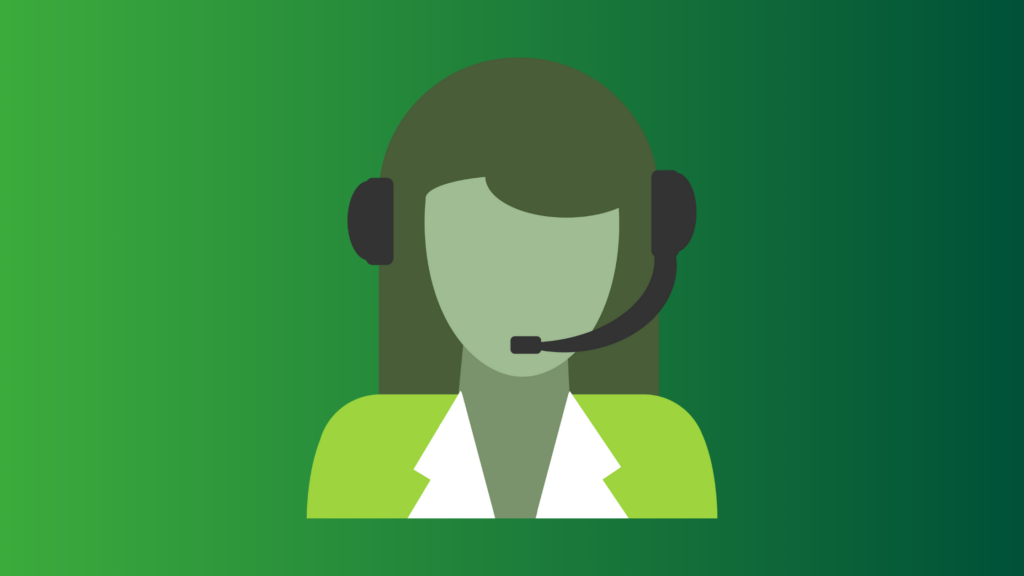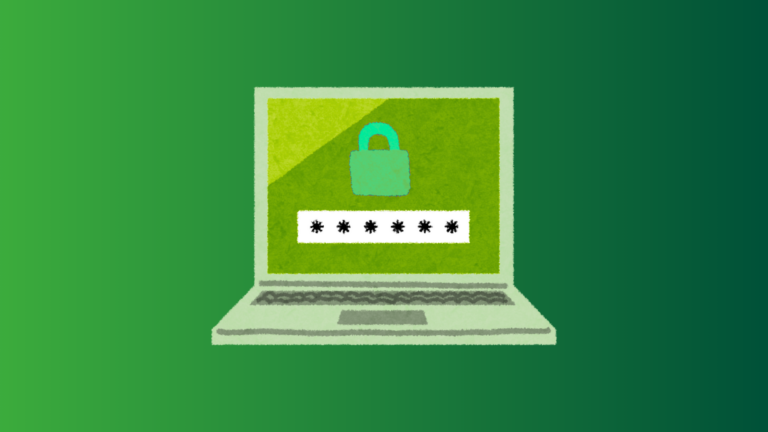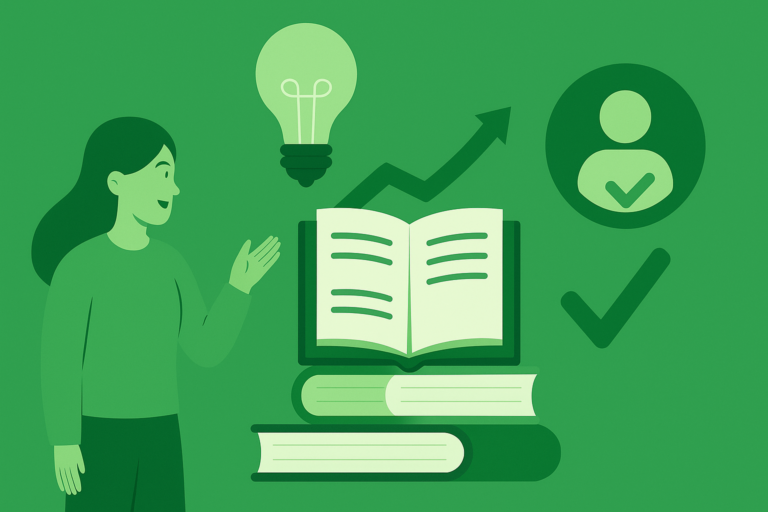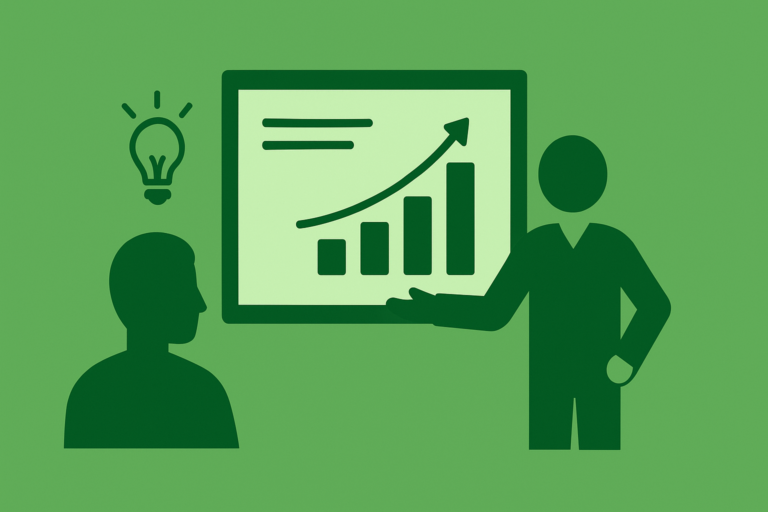In 2026, customer success is no longer just about managing relationships, it’s about scaling them. As customer bases grow and products evolve faster than ever, businesses need systems that deliver consistent, personalised support at every stage of the customer journey.
That’s where a Learning Management System (LMS) comes in. Beyond training, a modern LMS can automate key parts of the customer success process from onboarding to renewal helping teams save time, boost satisfaction, and improve retention without adding more manual work.
1. Automated Onboarding and Education
The journey starts with onboarding. An LMS can automatically trigger welcome messages, enroll new users in “Getting Started” courses, and track their completion rates.
As customers progress, the LMS segments them by behavior or tier, ensuring each user gets the right learning experience whether that’s basic setup guidance or advanced feature training. This automation accelerates time-to-value and ensures every customer receives consistent, high-quality onboarding.
2. Adoption and Usage Monitoring
Once onboarding is complete, success depends on ongoing engagement. A connected LMS can capture usage signals like login frequency, quiz completions, or feature adoption milestones and automatically trigger nudges or reminders when engagement drops.
This proactive approach helps prevent churn before it starts, turning at-risk users into active, confident customers.
3. Automated Feedback Collection
Feedback is the heartbeat of customer success. An LMS can automatically send post-training surveys, NPS forms, or check-in questionnaires to capture customer sentiment in real time.
It can tag responses by topic, alert teams to detractor feedback, and route insights to the right people for immediate action helping your customer success team stay responsive without added effort.
4. Rescue Interventions and Proactive Support
Not every customer will stay on track but automation ensures no one slips through the cracks.
When engagement signals fall below a threshold, the LMS can automatically deliver helpful tips, offer refresher lessons, or send reminders to re-engage customers. These small interventions, tracked in the system, allow success teams to focus on high-impact outreach instead of repetitive follow-ups.
5. Renewal and Retention Workflows
As renewal dates approach, the LMS can work alongside your CRM to trigger renewal playbooks. It can remind account managers to review contract health, send automated nurture messages to customers, and escalate accounts that show risk signals for specialist attention.
This seamless integration keeps retention strategies on schedule and ensures no renewal opportunity is missed.
The Impact of LMS Automation
Automating your customer success process through an LMS ensures consistent experiences across every touchpoint. It scales personalization, reduces manual tasks, and helps customer success teams focus on strategic initiatives.
The impact is measurable faster onboarding, stronger product adoption, improved net revenue retention (NRR), and reduced churn. When connected with CRM or customer success tools, LMS automation becomes a powerful feedback engine that continuously improves with data.
Conclusion: Deliver Scalable Customer Success with Acadle
In 2026, customer success will depend on how efficiently you can scale personalized support and Acadle makes that possible.
With Acadle, you can automate onboarding, deliver personalized learning paths, collect instant feedback, and monitor engagement all in one place. By connecting your LMS with CRM and success tools, you create a unified system that drives satisfaction, retention, and long-term growth.



